- The question is that can this be used as a common, shared antenna for all the ICs?
If the manufacturer claims it is wide enough for that, all RF traces are 50 ohm and a suitable RF switch is used, then sure.... But I doubt it will be an ideal antenna for either technology.
- Can they use it simultaneously or it has to be time shared?
It can obviously not be used simultaneously, sending two different RF signals to the same antenna at once will create a complete nightmare of all manner of complex RF problems.
- What are the pros and cons of sharing the antenna?
Pros: No need to consider multiple antenna placements and how they affect and interact with each other, if they would otherwise need to be mounted in close proximity to each other.
Cons: complex software, complex product, forced to use unnecessarily wide and specialized antennas, forced to adapt hardware filters per radio band in "run-time", very complex EMC testing, very complex and expensive product compliance testing - any pre-compliance to Bluetooth/Wifi etc product standards has to be done all over again. We are talking about several 10k€ added in testing costs.
- Any supporting circuit is needed?
I think it would only be feasible to do this using some manner of Software-Defined Radio computer. They are relatively big and expensive, plus you need to learn how to program them.
- Is there any learning material, similar project that can be looked at for inspiration?
No idea, all of this sounds like a very bad idea to me.
